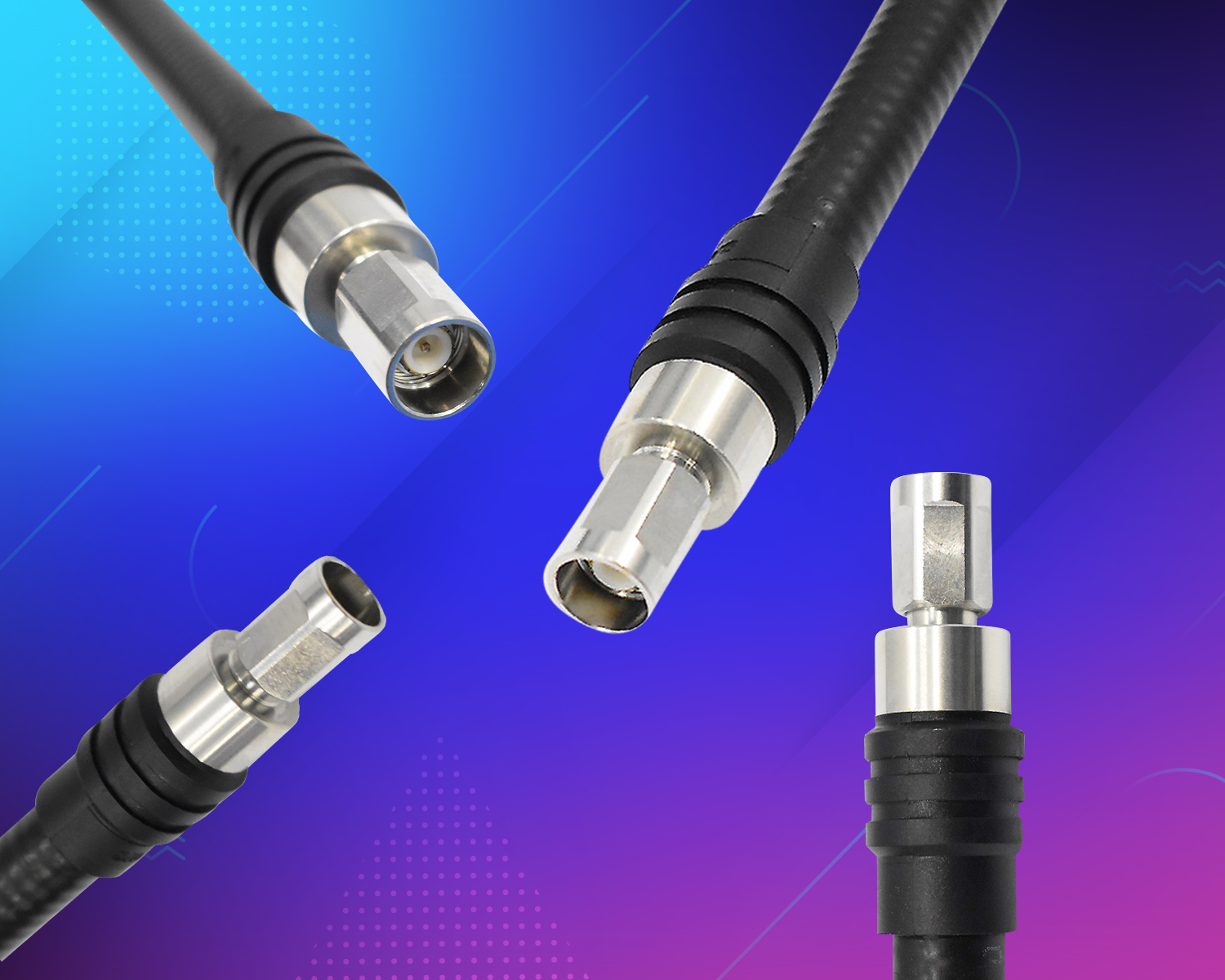Specifying and designing cable assemblies for use in unfavorable or harsh conditions comes with a few challenges. For instance, industrial equipment might be subjected to very harsh conditions, such as EMI (electromagnetic interference), vibration, high humidity, water, particulate ingress, and high temperatures.
Over time, this exposure will impede the conductivity of cable assemblies and may require you to replace the cable or buy another equipment. This is where connectors come in handy.

What is a Connector?
Interconnect solutions require you to integrate connectors, cables, wires, and other systems into the systems that let every component of your electronic system or device function efficiently.
A connector is a piece of hardware that connects various devices by simply transmitting signals in closed paths to perform a desired electronic or electrical function. It can be small or large. Smaller connectors are used in circuit boards, whereas larger ones help power distribution devices/systems.
A common type is a circular connector, which is a cylindrical electrical device that comes in different sizes. It has multiple contacts or pins connecting with applicable parts to transfer data, signals, or power. The modern products which are currently available include:
- Mixed Signal
- Nano/Micro version
- Keyed version
- Composite standard connector
- Metal connector
- Metric version
- Plastic connector
- Hermetic connector
Technology behind Connectors
Connectors have an internal insulator and an outer shell. The internal insulator holds multiple sockets or pins in a very rigid structure to prevent them from touching, while the outer shell protects internal elements.
Every connector’s element is available in a vast of materials so as to suit various applications. For instance, connector contacts are manufactured differently. Formed and stamped contacts are made for users where the cost of wire termination is a concern. They can also be fed into an automated crimping machine, thus making them suitable for high-volume production.
Another example is contact termination. It involves connecting individual connector contacts to a PCB or a mating cable. Contact termination can take three forms: crimp termination, solder pin or cup, and IDCs (insulation displacement connectors).
What Are the Best Materials for Connectors?
The material used in a custom and standard connector matters depending on the electrical performance and reliability. However, this isn’t always considered when designing a system level.
A system designer must balance environmental stability, form factor, cost, and reliability. Examples of material options a system designer can use are plastics, metals, lead tinning, and shrouds.
Choosing the Right Connector
Some connectors are designed to connect data specifically. A good example is USB, Ethernet, etc. Others are designed to provide devices with current or/and high voltage. However, for both options, you will have to consider the following factors to make the right decision:
- Rugged construction
- High-speed data
- Power ratings
- Standard interfaces
In conclusion, it is important to consider a couple of factors when determining the design of a wire harness or cable assembly for your project. For instance, every cable’s specification must be addressed before production starts. Disregarding some components, like connectors, can affect the performance and quality of your final products, not to mention their prices. So, it would be best to bring all of these to your attention when designing products requiring cable assembly.










